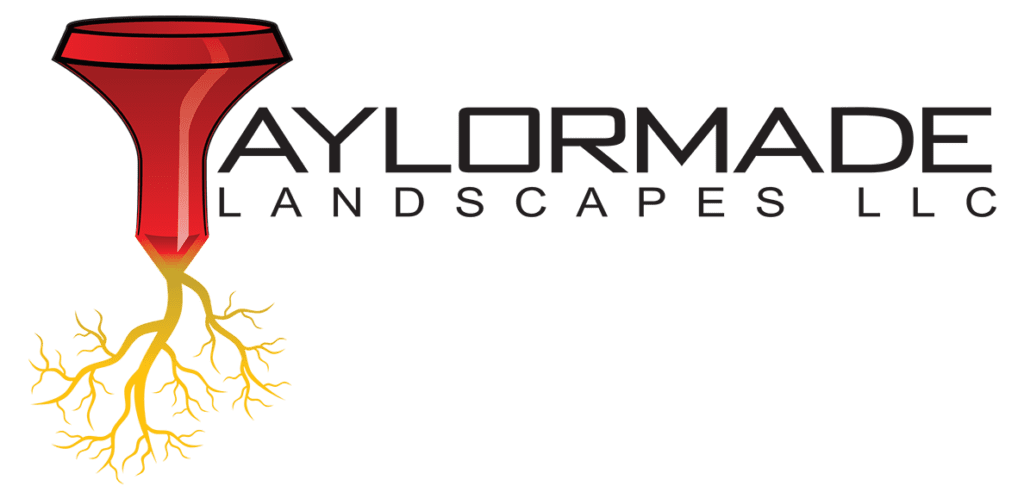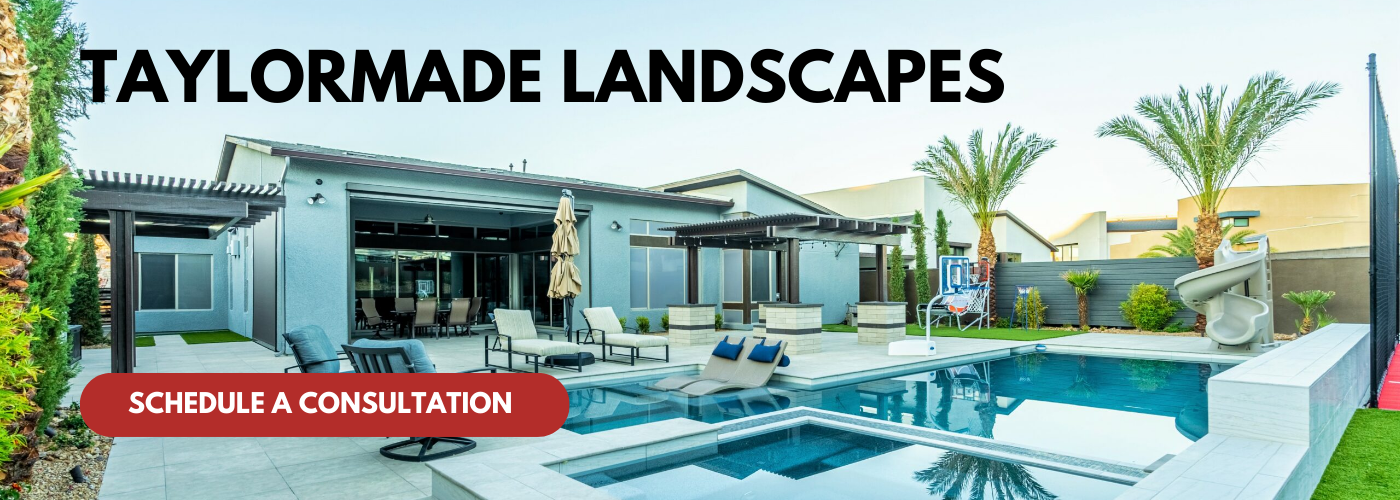In the realm of outdoor aesthetics, the integration of hardscapes—stone pathways, patios, retaining walls, and other structural features—plays a pivotal role in enhancing the beauty and functionality of residential and commercial spaces. As we step into 2025, the importance of selecting the right landscape designer for your hardscape projects cannot be overstated. With an evolving industry marked by innovative materials, sustainable practices, and a diverse array of styles, making an informed choice can significantly influence the quality and longevity of your investment.
Finding a landscape designer who aligns with your vision and understands the intricacies of hardscape design involves more than merely browsing online portfolios. It requires an examination of various factors, including design philosophy, technical expertise, and an understanding of environmental considerations. As homeowners and property developers become more discerning, the demand for tailored solutions that marry aesthetics with functionality has surged. Thus, choosing the right designer becomes a strategic decision that will shape your outdoor environment for years to come.
In this article, we will explore key considerations for selecting a landscape designer suitable for hardscape projects in 2025. From evaluating qualifications and experience to understanding the latest trends and technologies, you will gain insights that will empower you to make an educated choice. By understanding the landscape designer’s approach, values, and ability to communicate effectively, you can ensure that your hardscape project not only meets your expectations but also enhances the overall appeal and utility of your outdoor space. Whether you’re embarking on a small renovation or a major overhaul, the right landscape designer will turn your vision into a reality that stands the test of time.
Assessing Qualifications and Experience
When embarking on a hardscape project, the first and most crucial step is assessing the qualifications and experience of potential landscape designers. In 2025, the landscape design industry continues to evolve with new technologies, design trends, and sustainability practices. Therefore, it’s imperative to choose a designer who not only holds relevant certifications but also possesses practical experience that demonstrates their ability to manage and execute hardscape projects effectively.
A well-qualified landscape designer should possess a degree in landscape architecture or a related field, showcasing a foundational understanding of design principles, site analysis, and construction methods. Additionally, professional affiliations, such as membership in the American Society of Landscape Architects (ASLA) or similar organizations, can indicate a commitment to ongoing education and best practices within the industry. Experience is equally important; therefore, ask potential designers about the number of years they have been in the business and the types of projects they have completed, especially those similar in scope and style to what you envision for your own space.
Moreover, in assessing qualifications, it is beneficial to inquire about any specialized training or certifications that align with modern hardscape materials and techniques. For example, knowledge of permeable paving, eco-friendly practices, or advanced drainage solutions can be advantageous for projects that prioritize sustainability. A designer with a strong background in these areas is more likely to deliver a project that not only meets aesthetic expectations but also adheres to environmental regulations and is built to last.
In summary, thoroughly vetting the qualifications and experience of landscape designers in 2025 involves examining their education, professional affiliations, and relevant work history. This groundwork helps ensure that you select a designer who is not only skilled but also aligns with your project’s specific requirements and long-term goals. Taking the time to assess these criteria can lead to a successful partnership, resulting in a hardscape project that enhances your outdoor space and fulfills your vision.
Reviewing Portfolios and Past Projects
When it comes to choosing the right landscape designer for hardscape projects in 2025, reviewing portfolios and past projects is a crucial step that should not be overlooked. A designer’s portfolio typically includes a diverse array of completed projects that showcase their design skills, creativity, and technical proficiency, especially in hardscape features such as patios, walkways, retaining walls, and outdoor living spaces. By examining these portfolios, homeowners or clients can gain insight into the designer’s aesthetic, the types of materials they favor, and their ability to execute a cohesive design that aligns with the client’s vision.
Additionally, reviewing past projects provides an opportunity to evaluate the designer’s experience with various styles and settings. This is particularly important in the evolving context of landscape design in 2025, where sustainable practices and innovative materials may significantly impact hardscape design. Look for portfolios that highlight projects adaptable to contemporary trends, such as eco-friendly hardscape solutions, permeable materials, or designs that harmonize with nature. Furthermore, pay attention to the size and complexity of the projects featured in the portfolio, as this will give an idea of whether the designer can handle your specific needs, whether it’s a small garden path or an expansive outdoor living area.
Client testimonials and case studies included in the portfolio also provide valuable insights into the designer’s work ethic, reliability, and ability to meet deadlines. Engaging with clients who have previously worked with the designer can help gauge satisfaction and uncover potential red flags. In 2025, leveraging technology to view virtual portfolios or design simulations can also enrich the evaluation process, allowing clients to visualize how potential designs may look in their space.
Ultimately, the goal of reviewing portfolios and past projects is to ensure you choose a landscape designer whose style resonates with your vision while possessing the requisite experience and expertise to fulfill your hardscape project requirements. By taking the time to assess this aspect carefully, you will be better equipped to make an informed decision that aligns with your aesthetic preferences and project goals.
Understanding Design Styles and Aesthetic Preferences
When embarking on a hardscape project, understanding design styles and aesthetic preferences is crucial for ensuring your space reflects your vision and complements your surroundings. Hardscape elements, such as patios, walkways, retaining walls, and other non-plant elements, significantly influence the overall ambiance and functionality of your outdoor area. Therefore, aligning your design preferences with those of your chosen landscape designer is important.
In 2025, the trend in hardscape design leans towards sustainability and minimalism, with a focus on natural materials and harmonious integration with the landscape. Thus, it’s essential to be clear about your aesthetic desires—whether you prefer a modern, sleek look, a rustic, natural feel, or something entirely eclectic. Researching various design styles, such as contemporary, traditional, or Mediterranean, can help you articulate your preferences to potential designers.
Moreover, each landscape designer may have a signature style or favored materials, so understanding their design ethos can guide your selection process. For example, if you admire the use of natural stone and organic shapes, finding a designer who frequently employs these elements in their work will be beneficial. On the other hand, if you favor a contemporary style featuring clean lines and geometric patterns, selecting a designer who specializes in modern hardscape projects will likely yield the best results.
In addition to finding a designer whose aesthetic aligns with your vision, open communication is key. Discuss your favorite styles, share inspiration images, and explore potential materials together. This collaborative approach will ensure that your preferences are understood and integrated into the design. As you approach the choice of a landscape designer, consider compiling a list of must-have elements in your hardscape, allowing for a focused discussion that can lead to a successful partnership and ultimately, a beautifully designed outdoor space.
Comparing Quotes and Budget Considerations
When embarking on a hardscape project, comparing quotes and budget considerations are critical steps in ensuring you make the right choice in selecting a landscape designer. In 2025, as the demands for quality outdoor spaces continue to increase, it’s essential to navigate the financial aspect of hiring the right professional. First and foremost, understanding your own budget is vital. This means having a clear idea of what you are willing to invest in the project, including not only the design and installation costs but also any additional expenses such as materials, permits, or maintenance in the long term.
Once your budget is established, gather quotes from multiple landscape designers. It’s important to note that the lowest bid is not always the best option. A comprehensive comparison should include an analysis of what each quote covers—such as materials, labor, design fees, and any warranties or aftercare services. Look for transparency in the breakdown of costs; a detailed quote can provide insights into the designer’s methodology and the quality of materials being proposed. This is particularly relevant for hardscaping, which often involves significant investment in durable materials that can withstand the elements over time.
In addition to just the financials, budget considerations should also include timelines. Assessing how long each designer estimates the project will take can impact your decision. A quicker turnaround may seem appealing, but it’s essential to ensure that the quality of work will not be compromised. Communicating openly with the designers about your project timeline and any financial constraints can help you gauge their willingness to work within your needs. Ultimately, the goal is to find a balance between cost, quality, and service which can lead to a successful and satisfying hardscape project.
In conclusion, the process of comparing quotes and budget considerations is about more than just selecting the cheapest option. It requires careful evaluation of what each landscape designer offers and a clear understanding of your financial parameters. Taking the time to conduct thorough research, ask for detailed proposals, and have open lines of communication will lead to making informed decisions that align with both your aesthetic goals and budget.
Evaluating Communication and Collaboration Skills
When it comes to selecting the right landscape designer for hardscape projects in 2025, evaluating their communication and collaboration skills is paramount. Effective collaboration between you, as the homeowner, and the landscape designer is essential to ensure that the project runs smoothly and meets your expectations. A designer who communicates openly and effectively will help bridge the gap between your vision and their execution, resulting in a design that not only aligns with your personal style but also adheres to practical needs.
To assess a designer’s communication skills, pay attention to how promptly they respond to your inquiries and how clearly they articulate their thoughts. A good landscape designer should be able to explain their ideas in ways that you can easily understand, breaking down complex design concepts into manageable elements. Additionally, they should be open to listening to your feedback and incorporating it into the design process. This two-way communication is vital for the success of any hardscape project, as it encourages a collaborative atmosphere where both parties feel comfortable sharing ideas and making suggestions.
Furthermore, consider how the designer involves you in the decision-making process. A collaborative landscape designer will often seek your input on critical elements such as materials, styles, and layouts, rather than making unilateral decisions that may not resonate with your preferences. This level of involvement not only fosters a sense of ownership over the project but also helps avoid misunderstandings and misaligned expectations down the line. As 2025 unfolds, a landscape designer who values collaboration will not only enhance the design experience but also navigate any unforeseen challenges more effectively, ensuring that your hardscape project is completed on time and to your satisfaction.
In summary, when choosing a landscape designer for hardscape projects, prioritize those who exhibit strong communication and collaboration skills. Engaging in a transparent dialogue throughout the design process will empower you to create a space that truly reflects your vision while leveraging the expertise and knowledge of your designer. By focusing on this aspect in 2025, you set the stage for a successful partnership that can transform your outdoor space into a beautiful and functional haven.



